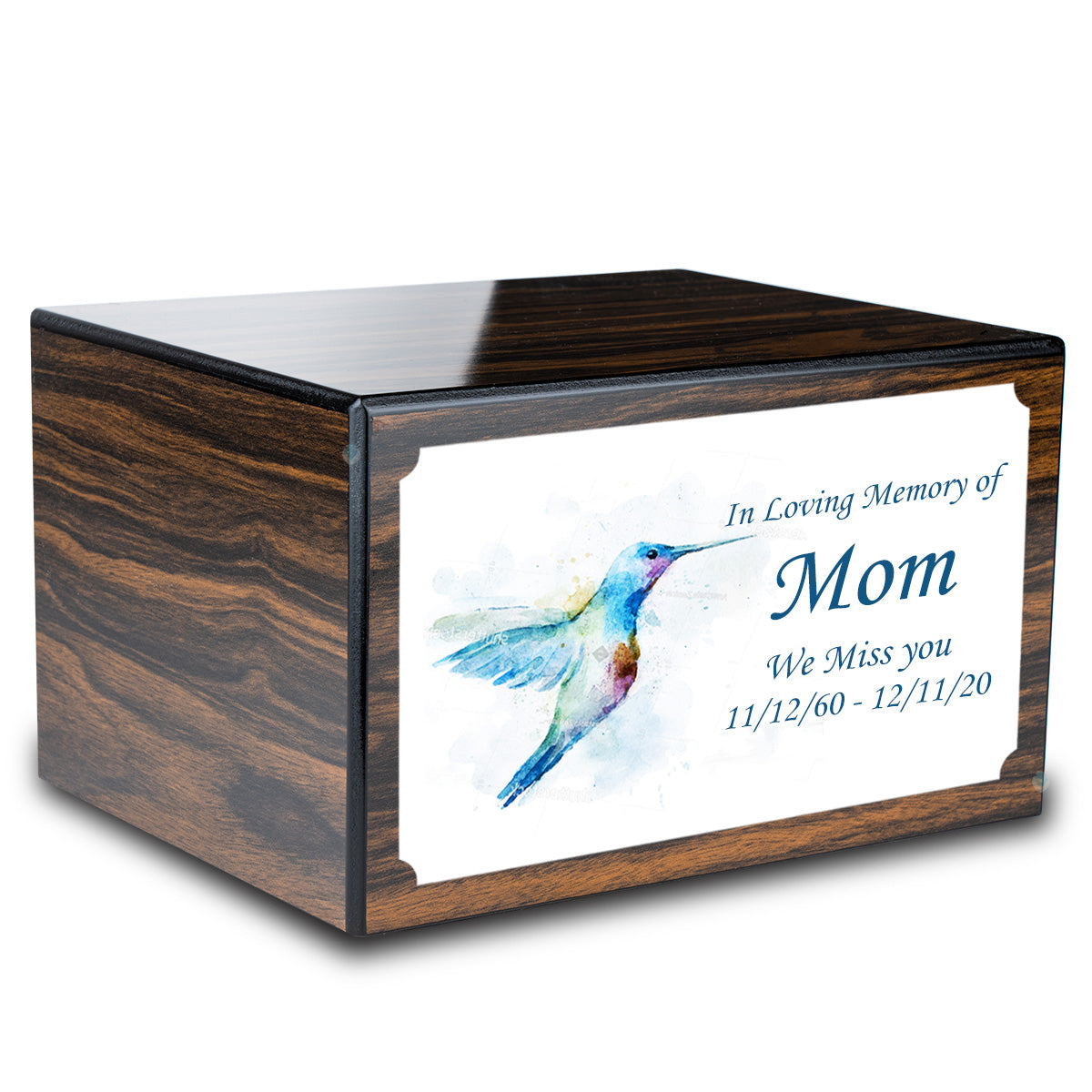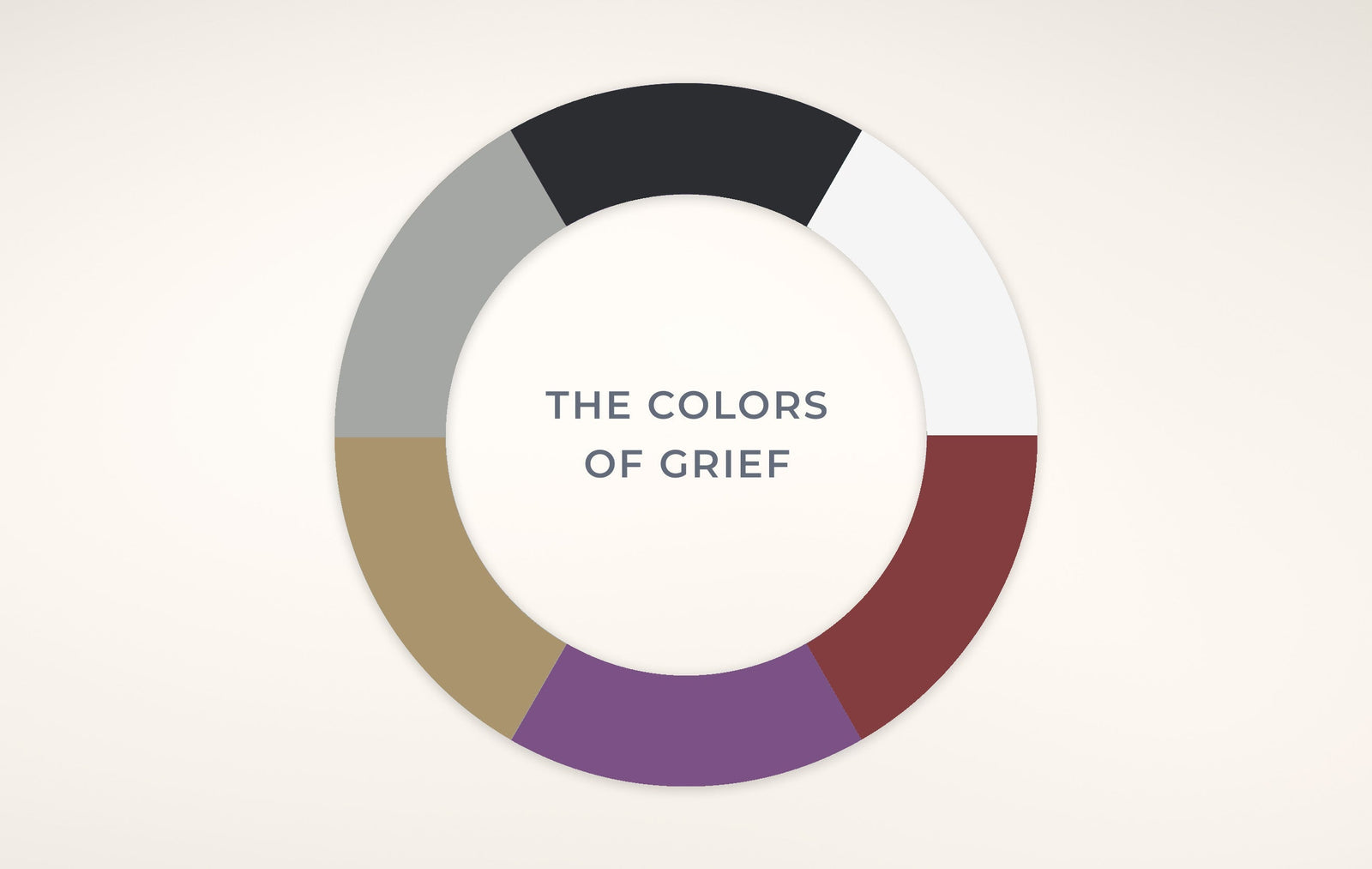Your Cart is Empty
Free shipping on orders over $299
$20 off Orders Above $200 - JOY20 |$35 off Orders Above $350 - JOY35 |$55 off Orders Above $500 - JOY55
Free shipping on orders over $299
$20 off Orders Above $200 - JOY20 |$35 off Orders Above $350 - JOY35 |$55 off Orders Above $500 - JOY55
Cremation Urns
Cremation Jewelry
Why Do We Keep Small Trinkets?
by Get Urns June 23, 2023 6 min read
On the outside, this simple object means little to anyone else, but for you, it reminds you of:
- The exact moment that you picked up the rock or penny
- Who you were with when you picked the item up
- Conversations that you had with the person
Mementos or trinkets have a long history, likely longer than we have records for, because the items can be anything. Imagine an archaeologist digging up a small toy horse or arrowhead. There’s no real way to know whether the item was a keepsake without written evidence.
However, as we’ll see, there’s a good chance that humans have been keeping special items for much longer than the first time that these items were documented.
History of Keepsakes and Small Trinkets

The idea of mementos originated in the 15th century, but it’s hard to believe that this is the first time someone has kept a keepsake. We have evidence of cremations going back to at least 3000 BC and entire pyramids were built to remember the rulers of Egypt.
However, “modern history” traces keepsakes back to the 15th century and ramps up drastically in 1861.
In England, Queen Victoria’s husband, Prince Albert, died in this year, and she was known for mourning the remainder of her life. She wore black and had special jewelry made from black gemstones.
The jewelry was made to memorialize her husband.
Victoria wore the jewelry and even a mourning ring until she died in 1901. The influence of the Queen was, as you can imagine, enough to set trends throughout the world. Upper-class women wanted to be like the Queen, and they followed in her footsteps with their own relics, including:
- Items that show women mourning
- Jewelry for mourners
- Clothing that mimicked the queen’s attire
Today, mourners can keep their loved ones’ ashes in brass cremation urns and even have jewelry created to remember the person.
But is this really the same as an old coin or rock?
Yes and no. Instead, the person is creating their own keepsake that acts as a memory cue and helps them remember their loved ones. For many people, the feelings invoked are happiness and joy, but for others, like Queen Victoria, the memory will keep the person in a state of perpetual mourning.
Mementos in Today’s World
Mementos today are vast. You may still have the receipt for the restaurant you took your husband or wife to on your first date or the lucky penny that you picked up before getting your first job.
Others have small trinkets that include:
- Photographs of their loved ones or a favorite spot
- Dog collars of the pet that the person lost
- Medals of the time you won first place in an event
- Jewelry from a person, especially a parent or departed loved one
- Urns that help memorialize a person
Many of the items that people create as trinkets for their lost loved ones include:
- Jewelry items, such as a ring or necklace, which hold a small amount of a person’s ashes with them at all times. These items help the person remember their lost loved ones and can bring back a lifetime of memories.
- Sculpted items, such as clay bowls or vases, that are made with a small bit of a person’s cremated ashes. These items may have depictions of the person, their name, a quote they always used to say, or anything else that is unique to the person.
You can also go through a deceased person’s home and find more than enough items that you can keep as a memento. For example, when a parent passes, you may find a watch that they used to wear all the time that fills you with memories or even a teddy bear that reminds you of their presence.
Anything can be a memento if it fills you with emotion and has a significance that others may not see or feel for themselves.
Psychologists have spent a long time trying to understand the psychology of sentiment and how it relates to the items that we tend to collect throughout life.
What have they found?
Let's find out.

Psychology of Keepsakes and Trinkets
Think of the sentimental items that you’ve accumulated throughout your life. Imagine all of the yearbooks that people have tucked away in boxes somewhere collecting dust that is 20, 30 or 40 years thick.
Yet, we still hold on to these items because they’re sentimental to us.
Keepsakes do the same thing. You may have your father’s old pocket watch stashed away somewhere, and it can help jog your memory and allow you to relive moments that you shared with the person.
The thing to remember is that items do not hold your memories.
Instead, memories are a part of you and can be brought out whenever you wish. The same memories that you have with your father that you feel when you pick up his old watch can be felt without the keepsake.
Why?
Memory cues are created that help you link memories to objects.
Memory Cues
When was the last time that you picked up an object and it invoked a memory? For example, many people who graduate will keep their tassels, and when they see or touch them, they are filled with memories of their school years.
Small trinkets create a deep link in your mind and act as memory cues.
A study in the 2000s ran in both Europe and the United States asked participants what single object they would save from a fire. Their responses included:
- Ornaments
- Photos
- Jewelry
- Small items
Many people had also chosen to save their childhood toys. Of course, these toys are not played with as they were in the past, but they hold deep-rooted memories for the individual. Anything can become a memory cue.
However, the study showed that trinkets are more likely to create a memory link when they’re:
- Distinctive
- Personal
Additional research shows that when an object has a strong, singular memory, it can spontaneously bring that memory back to the person.
Important objects connect us to others.
Modern cremation urns do the same thing. When you see the urn, and perhaps read the engraving, it will remind you of the person. Urns have this power, as do small mementos, such as a rock that you found when spending time with the person or the movie ticket from your first date together.
Everyone creates memory cues on their own terms that are special to them. Ironically, we often have different connections for the same memory. The movie ticket may recreate the butterflies and happiness that you felt, but for your partner, it may link to anxiety because they were nervous.
Memories and Human Psychology
When people want to relive their memories, they often pull out their smartphones and open their photo apps. The person will flip through hundreds of photos with a person, but is this link the same as seeing the person?
No.
Studies have recently shown that actual, real-world objects have a significantly better chance of invoking memories than a 2D image.
Objects help jog the memory and link us closer to a past experience. If you smell the perfume of the person who passed, it can help you remember them. There’s a deep emotional link that we form with objects that may go unnoticed. You may notice the person’s lucky penny by its texture, color or odd imperfection.
Often, your subconscious plays a role in the memory link that the keepsake helps you connect.
Through an adaptive process, your memory helps you:
- Create new possibilities using the past
- Keep a person or relationship alive
Grief and not wanting to let go of a person or memory is often the reason for holding on to a trinket. Imagine the movie ticket that we mentioned earlier. If you were to lose this ticket, it might cause sadness and distress because you felt like you had lost a piece of your past.
The memories of the experience still exist inside of you and are often more important than a single item.
With that said, you may find that for you, these items can help you deal with your loss. You can find many positive ways to associate trinkets with a person that you love.
If you’re mourning, a popular choice for a memento is cremation jewelry. You can add the person’s ashes and when looking at the piece, it can bring back memories of the times that you spent together.
You can also keep a cremation urn with you to hold the person close to you.
Trinkets and mementos are both very personal items. If you want something to remember a person by, you can have something special created in their memory or find something that reminds you of the person, whether it be their favorite scarf or a pocket watch.
Leave a comment
Comments will be approved before showing up.
Also in Blogs

What are the traditional colours of mourning in different countries?
by Taylor Evans December 04, 2025 4 min read
Mourning is a part of loss, and even when we're prepared for the loss, there's no way to predict how we'll mourn. Some people are resilient, while others will get lost in a sea of depression and grief when mourning. Colors represent mourning across the world. Just as you wear certain colors during a funeral, many choose certain cremation jewelry or pendants for ashes based on the colors of mourning.

Memorial Gift Ideas: Thoughtful Alternatives to Flowers for the Holiday Season
by Cameron Allahverdi December 03, 2025 5 min read
Read Article
What Grieving Does to Your Body: Understanding the Connection
by Alex Johnson November 24, 2025 4 min read
Read Article
